JasonUK
TPF Noob!
I bought a couple of (tungsten i guess) photography lights with defusers and reflectors for use in home studio.
I have not had much success, as they are so bright.
For a basic/well lit portrait how far away should the lights be?
And what sized area is the minimum space required for a small home studio?
I have not had much success, as they are so bright.
For a basic/well lit portrait how far away should the lights be?
And what sized area is the minimum space required for a small home studio?


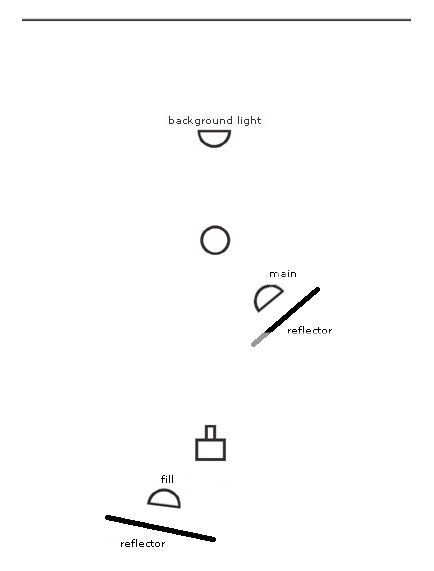
![[No title]](/data/xfmg/thumbnail/40/40296-1e3931509698e96fed6a0e43f5cb4adc.jpg?1619739411)
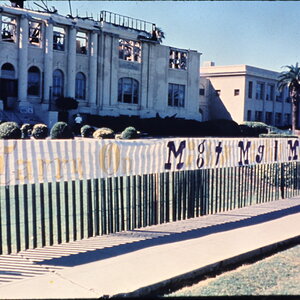
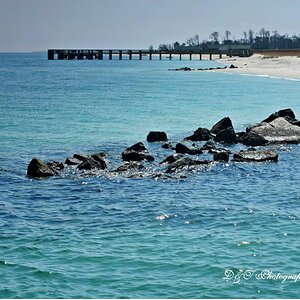
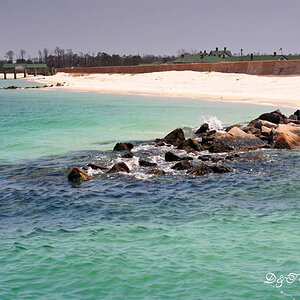
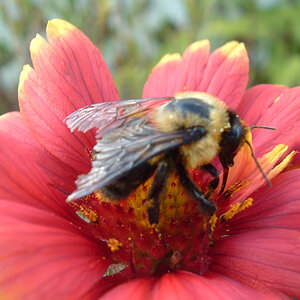
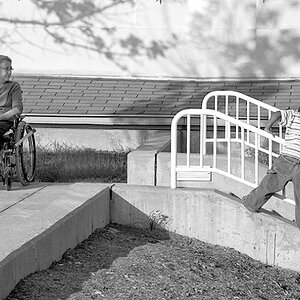
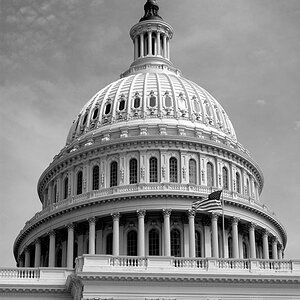

![[No title]](/data/xfmg/thumbnail/37/37137-43b5701b1efb7322c2c9fa6a1e30ccfa.jpg?1619737884)
![[No title]](/data/xfmg/thumbnail/39/39189-22b7e8d8eadc9cc3d7b341bfb336079e.jpg?1619738906)
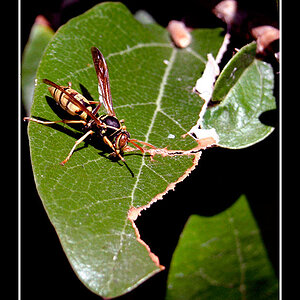
![[No title]](/data/xfmg/thumbnail/40/40299-41bf1ccac2889096fb5f4fcffdd56721.jpg?1619739411)